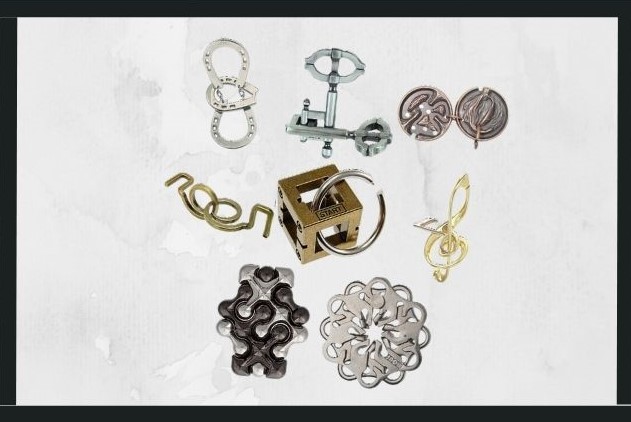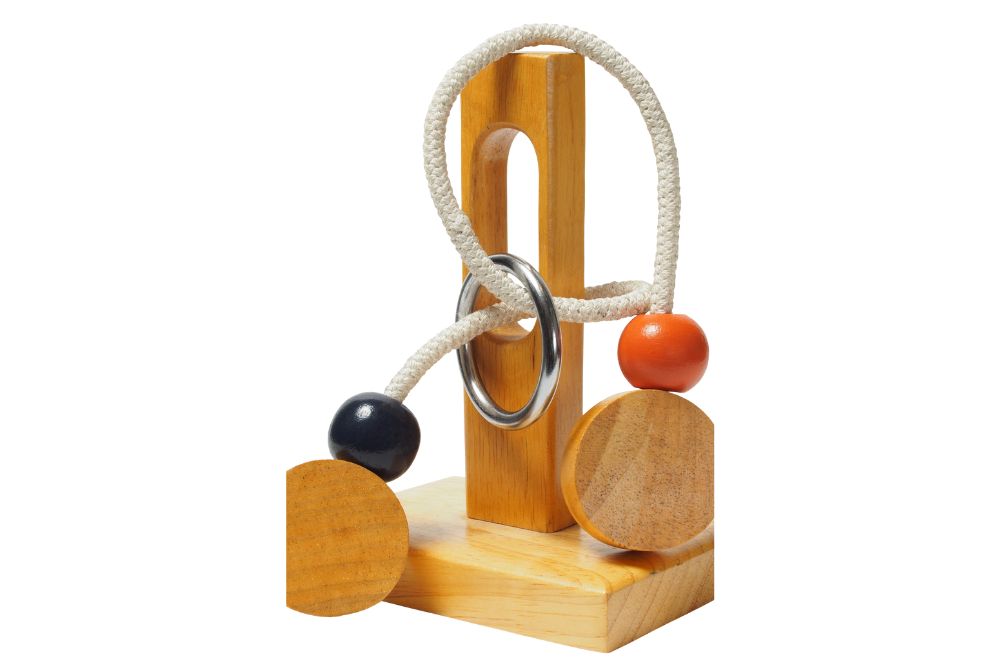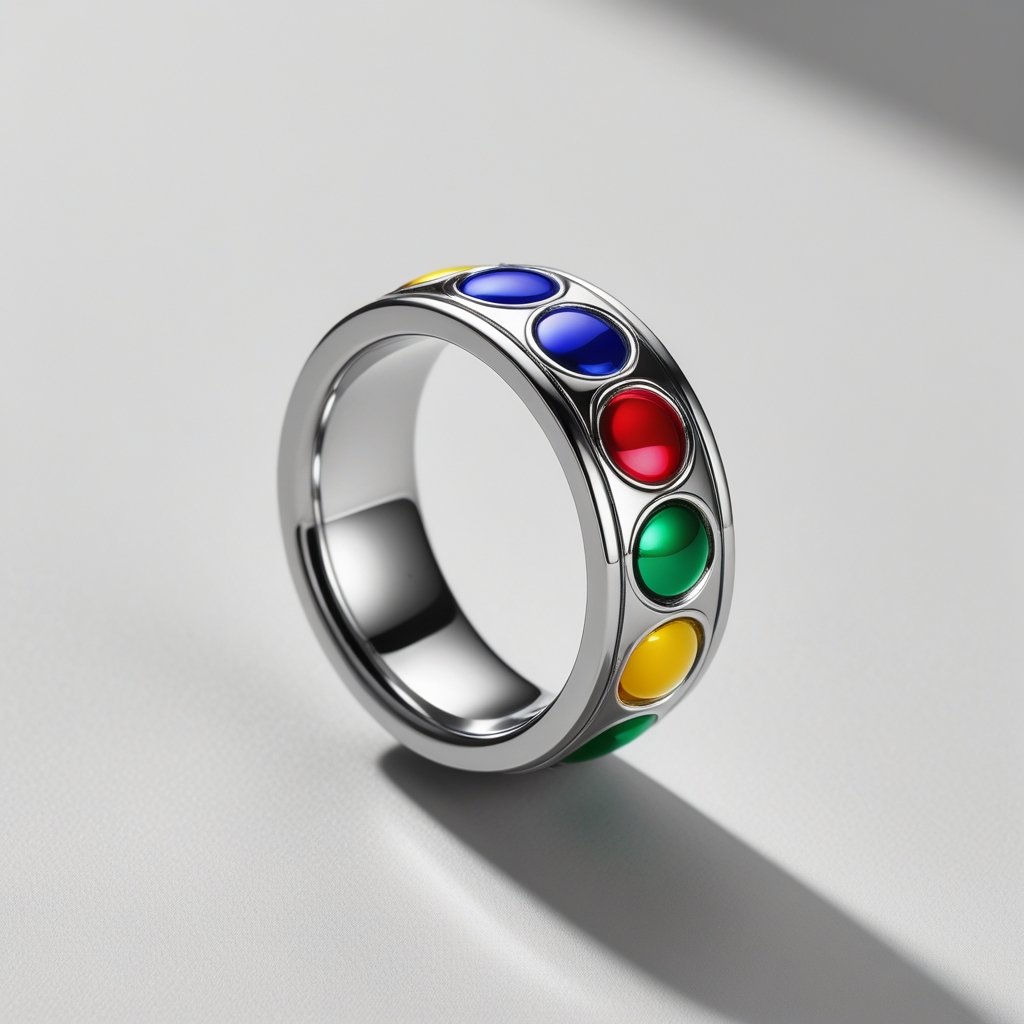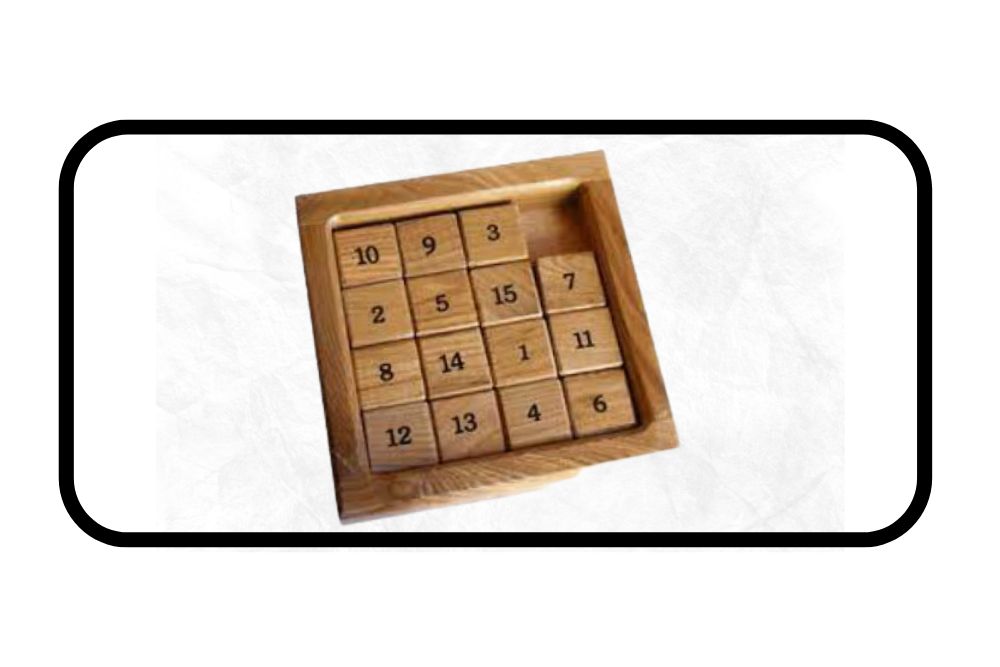Disentanglement puzzles have fascinated and challenged people for centuries. These engaging brain-teasers not only provide a fun and rewarding pastime, but also help improve problem-solving and cognitive skills.
An ultimate guide for disentanglement puzzles is the perfect resource for anyone interested in exploring these intriguing challenges further.
This comprehensive guide aims to offer valuable insights into various aspects of disentanglement puzzles, from their history and types to solving strategies and techniques.
It covers the basic principles that govern these puzzles, as well as more advanced concepts for enthusiasts eager to tackle complicated scenarios.
Readers will be equipped with the knowledge and tools necessary to approach disentanglement puzzles with newfound confidence and skill.
Whether a novice or a seasoned pro, this guide offers something for everyone, making it a must-read for all those passionate about mental challenges and personal growth.
History of Disentanglement Puzzles
Disentanglement puzzles, also known as entanglement puzzles or tavern puzzles, have a long and fascinating history. They have been entertaining and challenging people from all walks of life for centuries, and their origins can be traced back to ancient civilizations.
The earliest known disentanglement puzzles date back to ancient China and Greece. In China, these types of puzzles were commonly made from metal or wood and often featured intricate designs with interlocking pieces. They were highly valued as both a form of mental stimulation and as ornamental objects. In ancient Greece, similar puzzles made of iron or bronze were used as intellectual challenges and were even documented by famous mathematicians and philosophers such as Archimedes and Plutarch.
During the European Renaissance, disentanglement puzzles gained popularity in the form of ‘tavern puzzles’. These puzzles were often found in public houses and inns, where travelers and locals could socialize and attempt to solve the puzzles. Made from metal or wood, these puzzles often incorporated rings, chains, and other elements that required dexterity and patience to solve.
Throughout history, disentanglement puzzles have been used for various purposes, such as:
- Teaching mathematical principles and problem-solving skills
- Creating entertaining toys for leisure activities
- Displaying craftsmanship and artistry
- Promoting social interaction and cooperation
Today, disentanglement puzzles continue to captivate people of all ages and backgrounds. They are available in numerous materials and designs, ranging from traditional wooden or metal puzzles to modern plastic and 3D printed versions.
These puzzles remain a popular choice for those seeking a fun and engaging mental challenge that offers a glimpse into the rich history of human ingenuity.
Types of Disentanglement Puzzles
Disentanglement puzzles come in various designs and materials, making them an exciting challenge for enthusiasts of all ages. In this section, we will explore the different types of disentanglement puzzles, such as ring-based puzzles, wire puzzles, wood and string puzzles, rope and shuttle puzzles, and puzzle boxes.
Ring-Based Puzzles

Ring-based puzzles are a classic type of disentanglement puzzle, often featuring a series of interconnected rings or loops that the solver must separate. They usually consist of metal or plastic materials and involve intricate maneuvers to free the trapped ring or object. Some popular examples include the Hanayama Cast series and Tavern Puzzles.
Wire Puzzles
Wire puzzles involve bending and twisting metal wires to separate two or more interconnected pieces. The challenge lies in figuring out which moves will free the trapped segments without resorting to brute force. Examples of wire puzzles are the popular Eureka and PuzzleMaster collections.
- Eureka: This collection features many varying levels of difficulty, making it ideal for both beginners and experts.
- PuzzleMaster: Known for high-quality puzzles made from various materials, PuzzleMaster offers a wide selection of wire puzzles to test one’s skills.
Wood and String Puzzles
Wood and string puzzles combine the tactile appeal of wooden pieces with the dynamic challenge of strings to create a unique disentanglement experience. The solver must navigate wooden beads, loops, and other shapes along the string, manipulating both the string’s tension and the wooden components to free the trapped object. Some popular examples include the Devil’s Knot and Khun Pan.
Rope and Shuttle Puzzles
Rope and shuttle puzzles feature a looped rope and one or more shuttle-like pieces that the solver must move into specific configurations to release the rope. These puzzles require a series of steps, often involving subtle changes in the rope’s tension, to solve. One well-known example is the Chinese rings puzzle.
Puzzle Boxes
Puzzle boxes are containers that can only be opened by a series of specific actions or by solving hidden mechanisms, such as sliding panels, buttons, or locks. They often hold a hidden compartment or a small prize inside. Some famous examples include the Japanese Himitsu Bako and the Enigma Box.
| Name | Description |
|---|---|
| Himitsu Bako | These traditional Japanese puzzle boxes are intricately crafted, usually from wood, and require a specific sequence of moves to open. |
| Enigma Box | This modern take on the puzzle box features a combination of mechanical elements, such as gears and locks, to challenge the solver. |
Regardless of the type of disentanglement puzzle, they all encourage problem-solving, patience, and creativity, making them an engaging pastime for people of all ages and skill levels.
Popular Disentanglement Puzzle Brands
There are several popular disentanglement puzzle brands that have gained recognition and admiration among puzzle enthusiasts. Here is a list of some of the most well-known and respected brands that offer disentanglement puzzles:
Tavern Puzzles is a brand known for its handcrafted, high-quality iron disentanglement puzzles. Their unique designs are inspired by historical blacksmithing and provide a satisfying challenge for puzzle lovers. With a wide range of difficulty levels available, Tavern Puzzles cater to both beginners and experts in disentanglement puzzling.
Hanayama is a Japanese company that specializes in producing intricate, high-quality metal disentanglement puzzles. Their puzzles are renowned for their innovative designs and smooth, precise mechanisms. Hanayama offers a wide variety of disentanglement puzzles with varying levels of difficulty and themed designs, making it a favorite among both new and experienced puzzlers.
Metal Puzzles is a general term referring to various brands producing disentanglement puzzles made of metal. Many metal puzzle brands focus on craftsmanship and quality, offering solid and durable products that provide hours of entertainment. They often offer a range of difficulties and designs, making them a popular choice for those seeking to challenge their problem-solving skills.

In conclusion, choosing a disentanglement puzzle from any of these popular brands will not only provide an enjoyable challenge but also ensure that the puzzle is high-quality and well-designed to keep one engaged for a long period of time.
Solving Strategies and Techniques
When it comes to disentanglement puzzles, especially metal wire puzzles, a variety of solving strategies and techniques can help make the process both fun and efficient.
One common approach used by enthusiasts is breaking down the puzzle into smaller, more manageable parts.
Often, these puzzles involve interlocking wires or loops that need to be separated. By focusing on one loop or connection at a time, it becomes easier to visualize and execute the solution.
Additionally, paying attention to the different shapes and structures within the puzzle might reveal helpful hints or patterns to the solver.
Another helpful technique is to make use of online resources, such as video tutorials or forums, where experienced puzzlers share their insights and methods for solving similar disentanglement puzzles.
As many metal wire puzzle solutions can be quite intricate and hard to crack, having a visual aid can come in handy for those who are stuck, or simply curious about diverse approaches.
Here are some key aspects to consider when solving metal disentanglement puzzles:
- Patience: It’s important to remain patient and avoid forcing pieces, as this may damage or warp the wires.
- Manipulation: Gently manipulate the wires and loops to explore various positions, angles, and movements before committing to a particular strategy.
- Reversibility: Keep in mind that every move should be reversible; this will help in backtracking and adjusting the strategy as needed.
- Problem-solving: Use logic, reasoning, and intuition to piece together the clues and patterns inherent in the puzzle.
Overall, solving metal disentanglement puzzles is a fun and rewarding challenge that tests one’s problem-solving and critical-thinking abilities. By approaching the puzzle with patience, persistence, and a variety of techniques, anyone can improve their skills and enjoy a greater sense of accomplishment.
Benefits of Solving Disentanglement Puzzles

Disentanglement puzzles are a fascinating and enjoyable way to challenge oneself, providing a variety of brain teasers with different difficulty levels.
These puzzles not only offer an exciting pastime, but also come with several benefits, both for the mind and one’s overall well-being.
One of the most crucial aspects of working with disentanglement puzzles is the development of patience.
They often require individuals to spend time examining the intricacies of the puzzle, making slow and steady progress until the solution is found. This fosters a sense of patience that carries over into other areas of life.
Creativity is another skill honed through puzzle-solving. As participants experiment with various approaches to find the correct solution, their creativity is fueled by the need to think “outside the box.”
This not only increases creative thinking, but also expands problem-solving abilities, which are essential in both personal and professional life.
A noteworthy benefit of engaging with disentanglement puzzles is the reduction of anxiety. Concentrating on the challenge at hand allows one to take a break from everyday stressors and focus their attention on something enjoyable and tangible.
As the mind centers on the puzzle, anxiety levels decrease and a sense of accomplishment emerges once it is solved.
Lastly, disentanglement puzzles offer the opportunity to improve problem-solving skills. As individuals grapple with various difficulty levels, they begin to learn effective strategies for overcoming obstacles.
These skills can also be applied to everyday situations, strengthening one’s ability to navigate the complexities of life.
Overall, disentanglement puzzles are an engaging and rewarding way to spend time while fostering personal growth.
From patience and creativity to reducing anxiety and enhancing problem-solving skills, these brain teasers provide ample benefits for those who embrace the challenge.
Key Takeaways
In this ultimate guide for disentanglement puzzles, readers have discovered:
- The various types of disentanglement puzzles, and how they differ in complexity and design.
- The history of disentanglement puzzles, explaining their origin and evolution over time.
- How to approach solving disentanglement puzzles, suggesting strategies and tips for success.
- The benefits of engaging with disentanglement puzzles, such as improved cognitive skills, patience, and focus.
- A selection of popular and challenging disentanglement puzzles, suitable for both beginners and experts.
By understanding and appreciating the intricacies of disentanglement puzzles, enthusiasts can enhance their problem-solving abilities and enjoyment of these captivating challenges.
player to disentangle two or three metal shapes without cutting them apart first!




